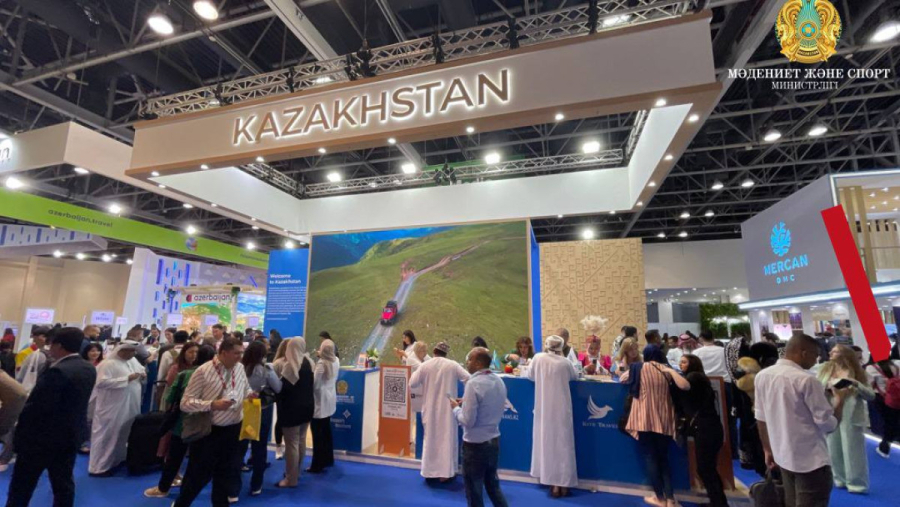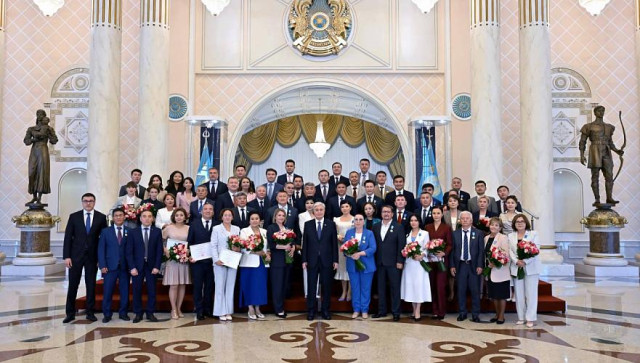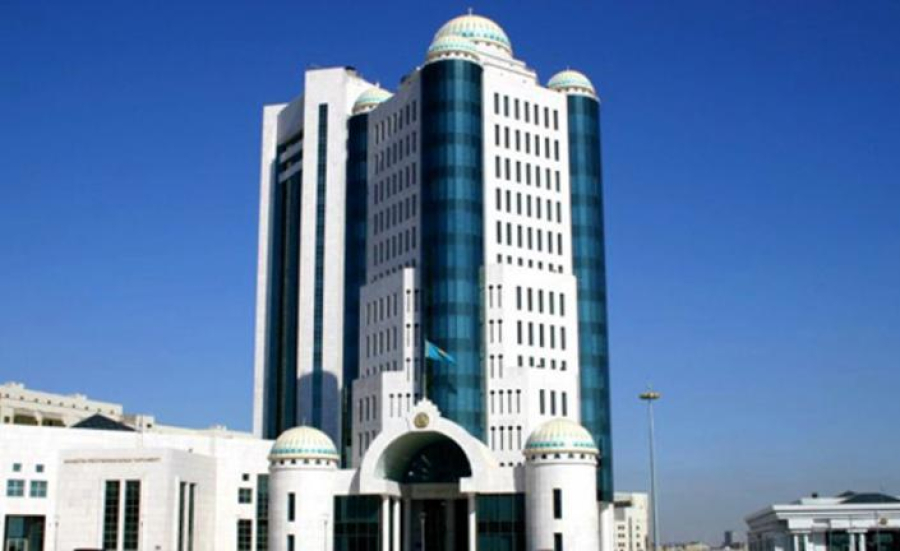
Kazakhstan has launched a single database of road construction materials in pilot mode. The new industry system contains all data on raw materials, technologies, as well as quarry, bituminous and asphalt materials in the country. According to the Kazakhstan Road Research Institute, a project author, the collected information will be useful to the National Center for the Quality of Road Assets, the National Association of Designers, and contract organizations. These companies can use all the data stored in the system in their work, which should lead to a significant change in the country's approach to road construction.
“The
auditing of all existing quarries, plants for the production of mineral powder,
cement and other road construction materials is currently being carried out.
That is, our mobile groups of the cities of Almaty and Astana visit these sites
and carry out selection. Then the physical and mechanical properties of the
crushed stone, mineral powder, cement, and bitumen are determined by laboratory
means. All this is included in our list of quarries. Based on this data, we
create an interactive online map of these quarries, which is already available
on our website,” said Assel Nugmanova, spokesperson for the Kazakhstan Road
Research Institute.
The expert mobile
teams have also visited active quarries in the Almaty, Zhetisu, Turkistan,
Akmola, and North Kazakhstan regions over the year. This work will allow
contractors and designers not only to quickly find the quarries and asphalt and
bitumen plants nearest to the construction site on the web portal, but also to
see all the information on the quality of the materials.
“In
general, we believe that the creation and operation of this database will speed
up the design time for roads, improve the quality of road construction, and
generally ensure transparency and public accessibility of important data for
road construction,” Nugmanova added.
The
database will be constantly updated with the emergence of new materials and
technologies, changes in the operation of quarries and factories, as well as
climate changes and suggestions received from users.









